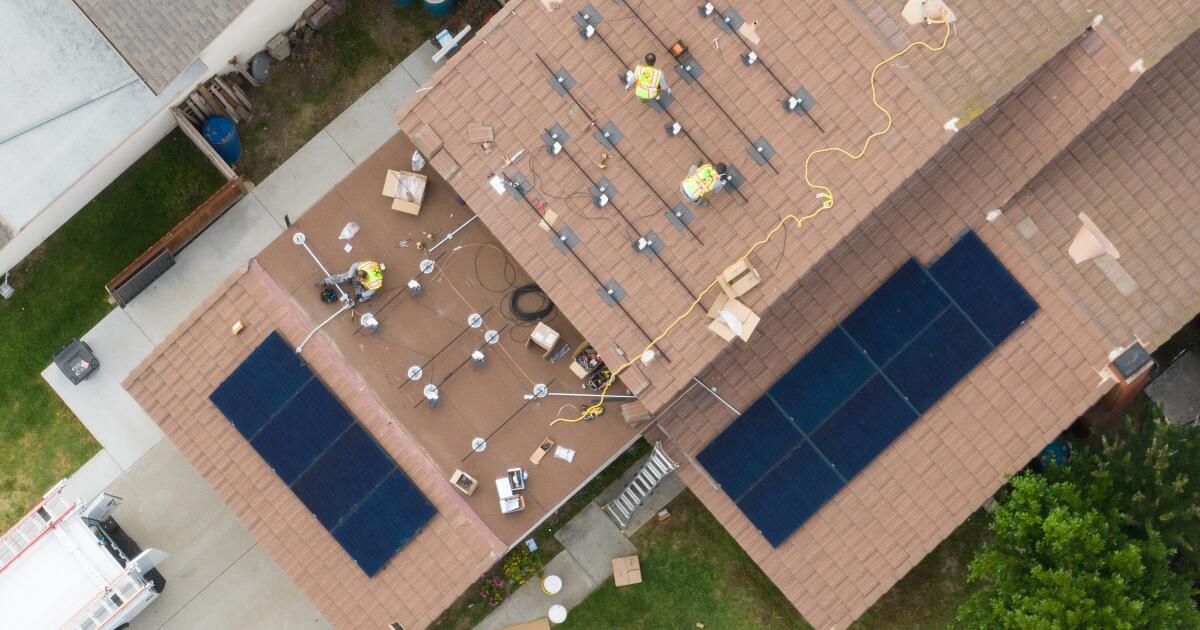- cross-posted to:
- climate@slrpnk.net
- cross-posted to:
- climate@slrpnk.net
But critics insist the costs of those solar panels are beginning to outweigh the benefits.
Incentive payments to homes with solar, they say, have led to higher electricity rates for everyone else — including families that can’t afford rooftop panels. If so, that’s not only unfair, it’s damaging to the state’s climate progress. Higher electricity rates make it less likely that people will drive electric cars and install electric heat pumps in their homes — crucial climate solutions.
The solar industry disputes the argument that solar incentive payments are driving up rates, as do many environmental activists. But Newsom’s appointees to the Public Utilities Commission are convinced, as they made clear Thursday.
“We need to reach our [climate] goals as fast as we can,” said Alice Reynolds, the commission’s president. “But we also need to be extremely thoughtful about how we reach our climate change goals in the most cost-effective manner.”
When I am having a stroke, I don’t stop and calculate of the most cost effective treatment options. I go to the emergency room. We could have done this calculation in 1970 and acted, but that ship has sailed.


Did I miss the bit where they say how much roof top solar subsidies are increasing electricity rates? If it’s one of two percent, that seems like it could be okay. If it’s twenty or fifty percent, then maybe it’s time to rethink.
According to a quick Google, distribution of electric, basically keeping the grid going, is 40% of the average cost. For anyone who makes enough solar to make their meter net 0, they aren’t paying that 40%, so it gets distributed to anyone too poor to afford a house and solar panels